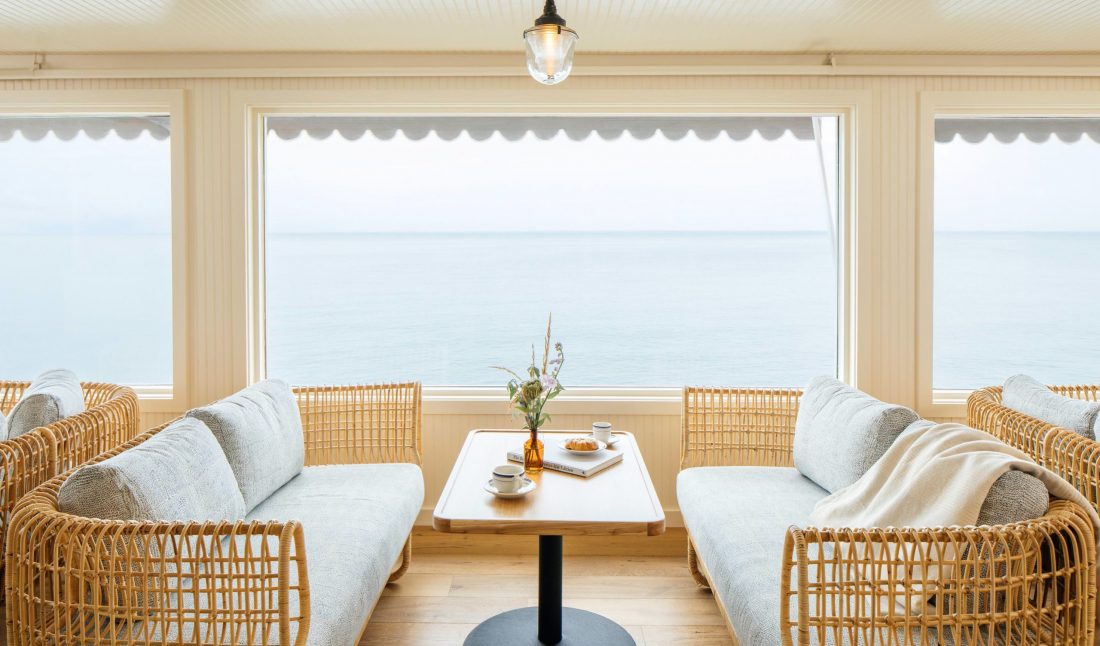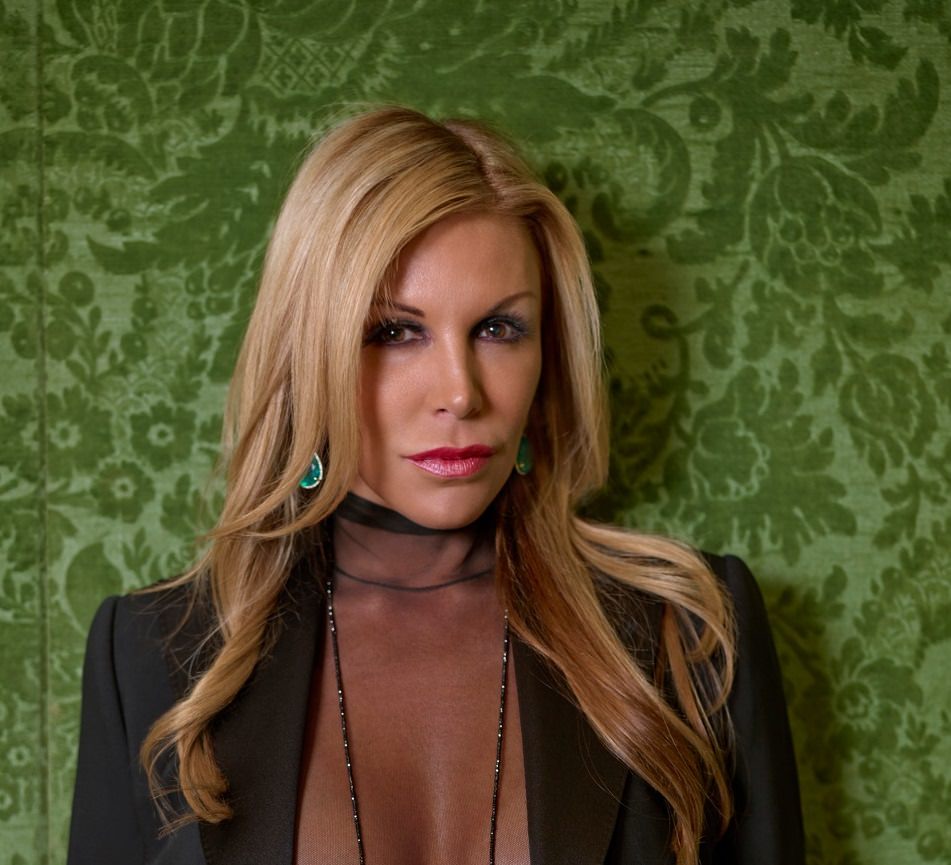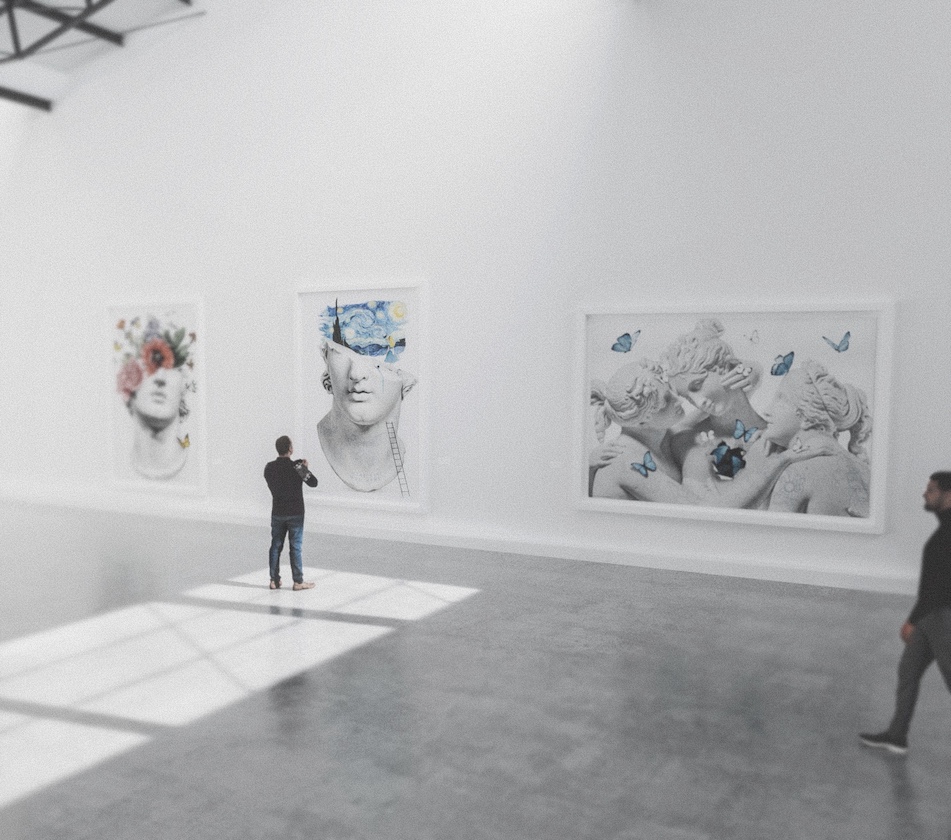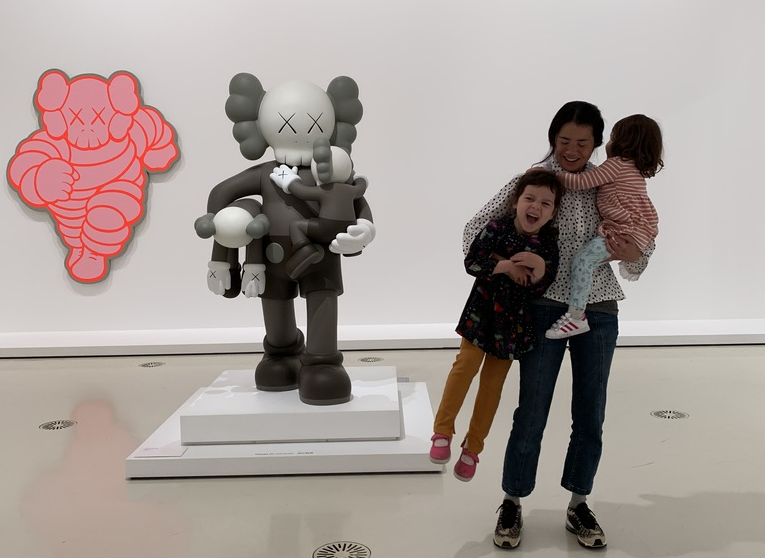At the Sound View hotel in Greenport, there is a cultural gathering happening on the shore. Around a campfire, creatives from all corners are gathering in Long Island for an inaugural “Beach Fire” series to experience art in all forms.
Owned by Eagle Point Hotel Partners and guided by the vision of its founder Erik Warner, alongside the creative direction of Brian Gorman, the welcoming beachfront boutique hotel is known to shake up the hospitality and art worlds with refreshing programming. By combining music and dance experiences, art presentations, and philanthropic initiatives under one roof, the property leads locals and visitors alike to discover new realms of creativity while on site.
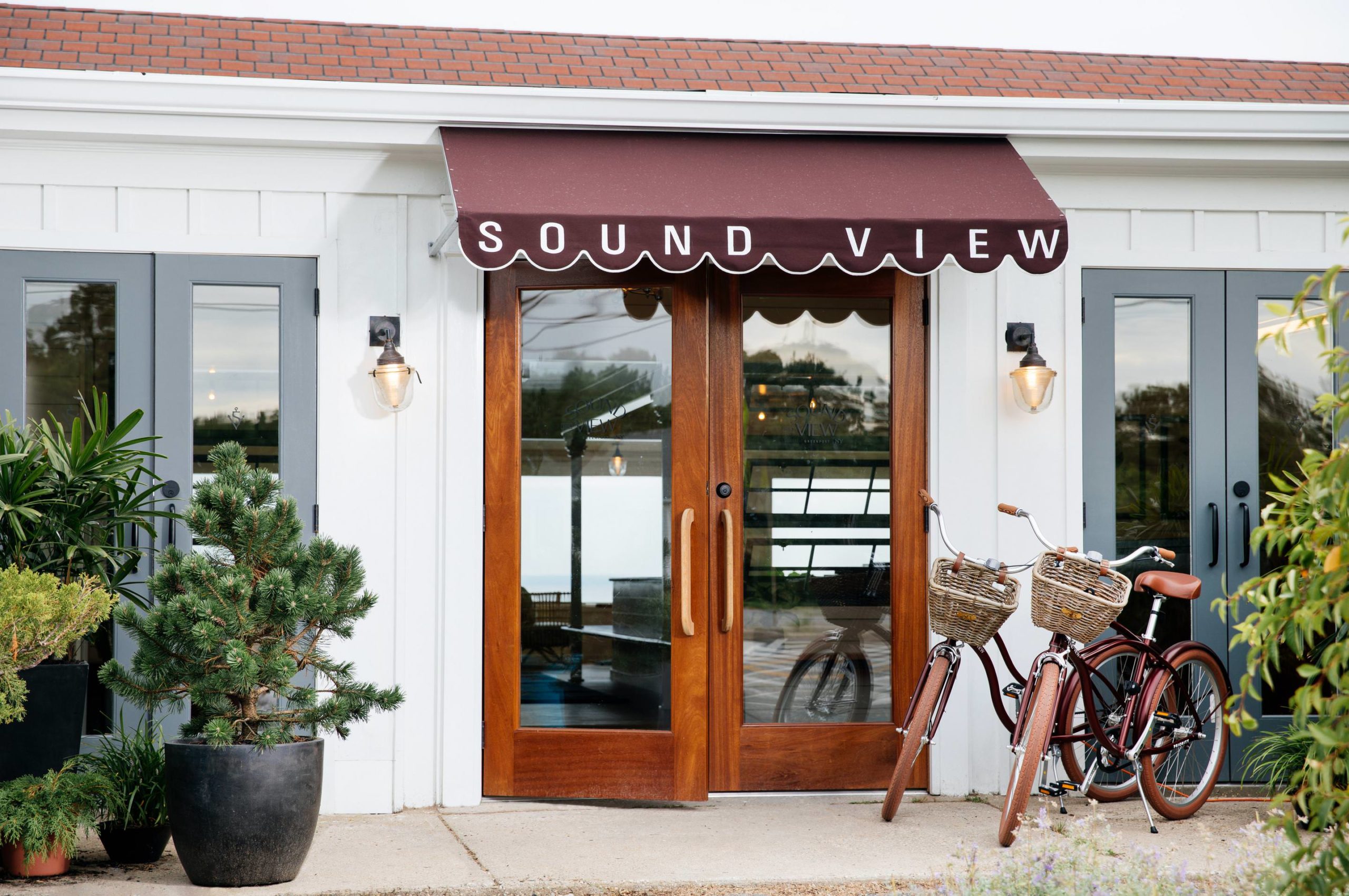 Sound View, courtesy of Filament Hospitality.
Sound View, courtesy of Filament Hospitality.
Warner and Gorman’s latest program Kulture Collective further explores this idea of inclusive creativity with its new “Beach Fire” series on Sundays. The gathering brings large-scale cultural conversations to small circles around a campfire, stimulating the community with an opportunity to be a part of pivotal creative sparks.
Its first huddle was held with Randy Griffey, a curator from the Metropolitan Museum of Art, followed by the dancer and choreographer Brendan Fernandes and the artist and photographer Nona Faustine, More gatherings—with creatives like the sculptor and contemporary artist Brie Ruais and the architect Stephanie Goto—are in the works.
To learn more about its programming, Whitewall spoke with Warner and Gorman, and their invited artists that make up Kulture Collective’s “Beach Fire” series.
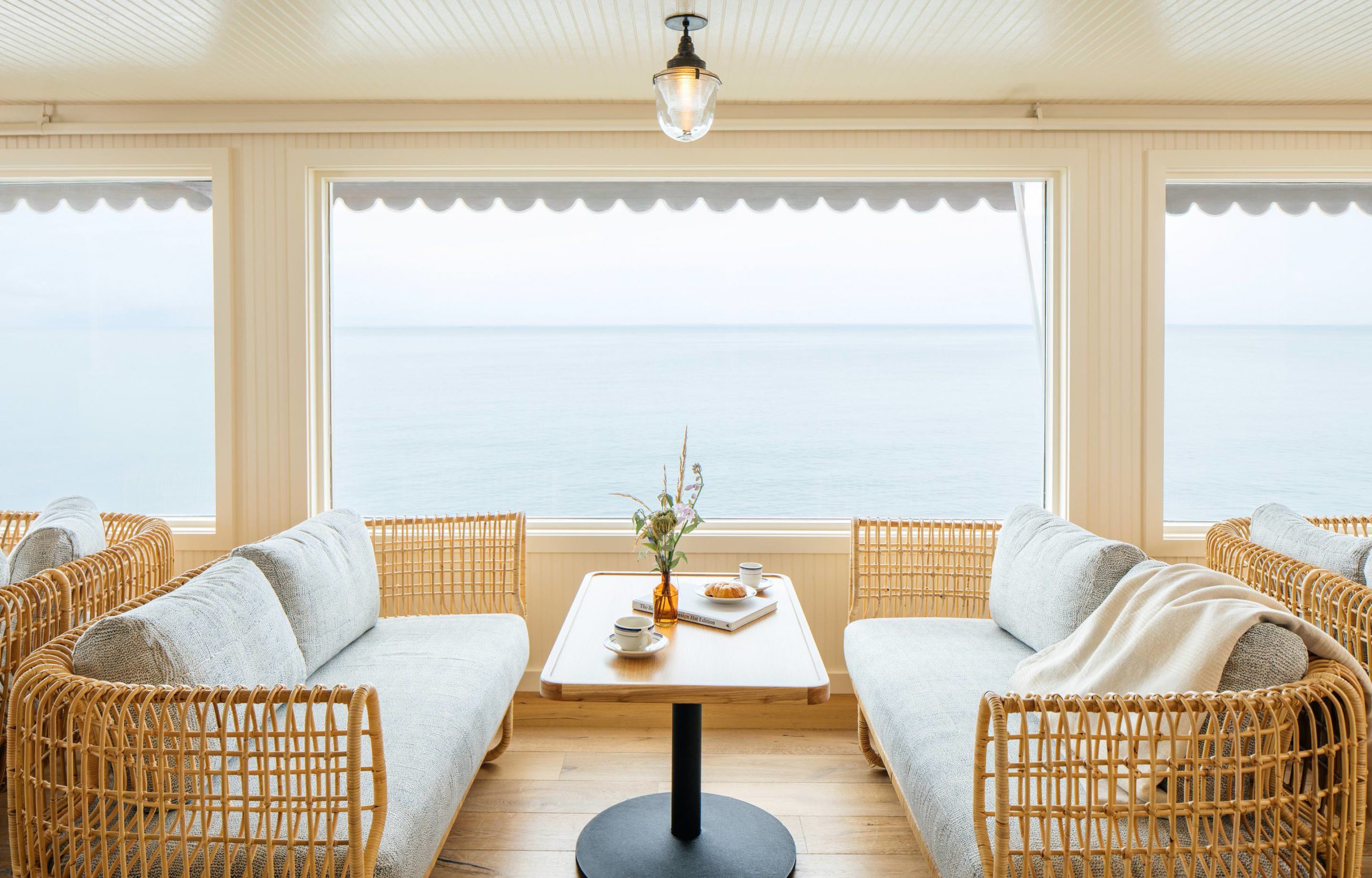 Sound View, courtesy of Filament Hospitality.
Sound View, courtesy of Filament Hospitality.
WHITEWALL: Erik, what was the idea behind creating Kulture Collective?
ERIK WARNER: The Kulture Collective uses the tagline “to be human is to belong.” So many people hear the word “culture” and think it’s academic knowledge or a type of talent that makes them part of the arts or in the world of culture. There is the perception that culture has elitist ownership, or it’s an intimidating dissociation. Regardless, both are equally divisive. It is our belief that neutral spaces and open conversations allow all of us to be readily introduced to different ideas, see things differently and so what we are trying to do with the collective is to help people see how connected we all are.
The “Beach Fire” series is so all know “culture” is ours. Each Sunday night, a leader in the conversation of culture cohosts a discussion with guests and locals, and further, shares their insight on topics such as creative inspiration, politics, the pandemic, and artistic expression fireside with guests. As the world changes, so do I. And if I don’t listen to others about their journeys and where they are, then we all really miss out on what could be the richness of our journey.
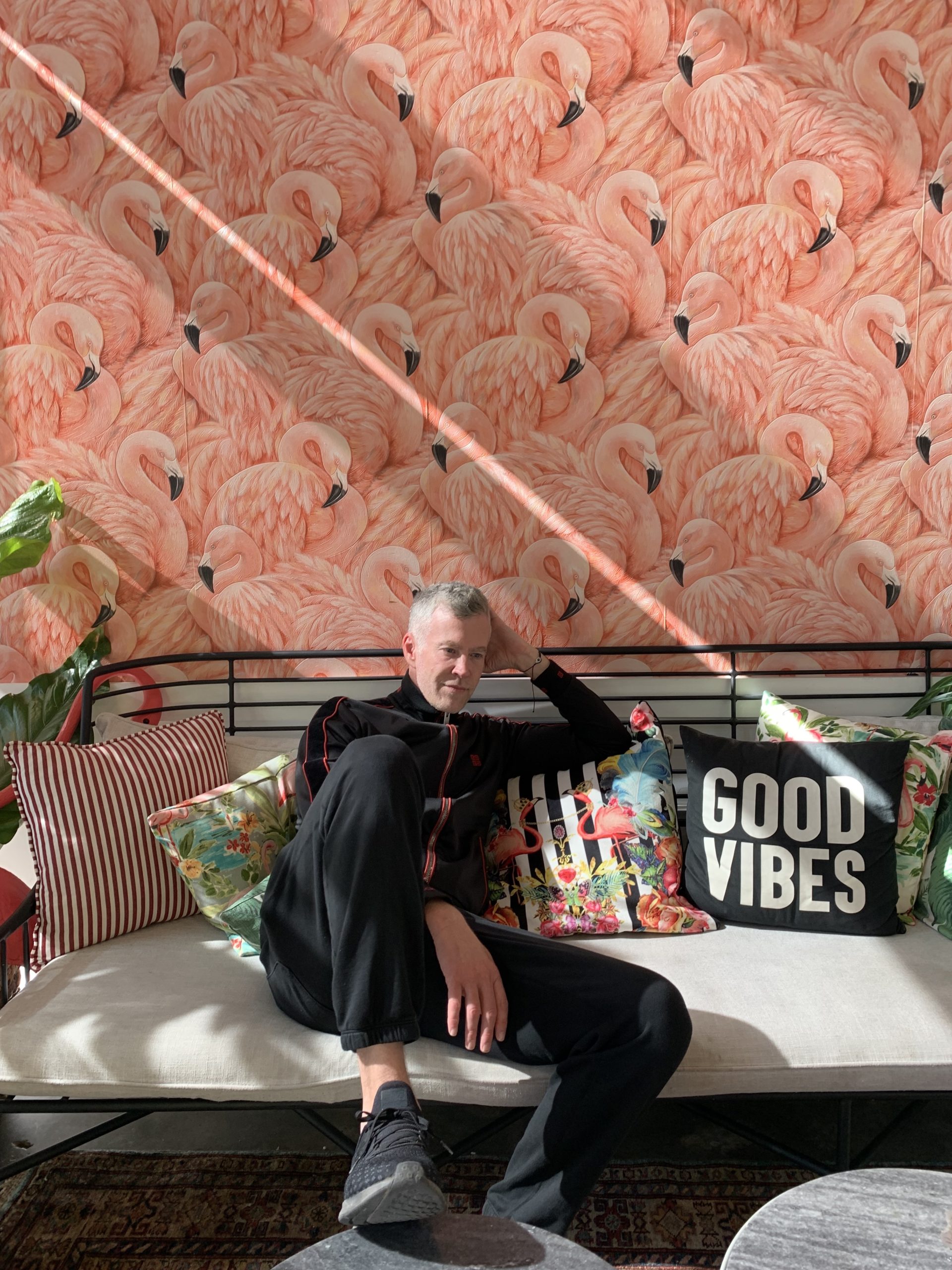 Brian Gorman, courtesy of Sound View.
Brian Gorman, courtesy of Sound View.
WHITEWALL: Brian, what can visitors expect from this list of creatives in the “Beach Fire” series?
BRIAN GORMAN: If I knew what to expect from these folks, then we would never have invited them. All of our speakers aren’t just brilliant artist creators or curators. They are the leaders of progress. Sparks of change start with the arts, with culture.
Randall has gotten an indigenous two-spirited, what appears to be gender-fluid heroine on the walls of the MET.; Brendan nearly stopped every single person’s heart at the Getty with his tribute to those who had fallen at Pulse nightclub; Nona’s pictures show so many layers of the human spirit in the face of society and government; Brie makes you question the very space you occupy; Stephanie has a passion for life, the Vienna philharmonic, and Formula 1, against a magnificently minimalist style that makes me wonder if it is a style or just devotion to things of higher importance; and Eric, who is everything to everyone, gives of his time and talents without missing a beat.
So, what to expect? Expect to have an opportunity to sit down and have an intimate conversation with someone who is inspired and inspiring.
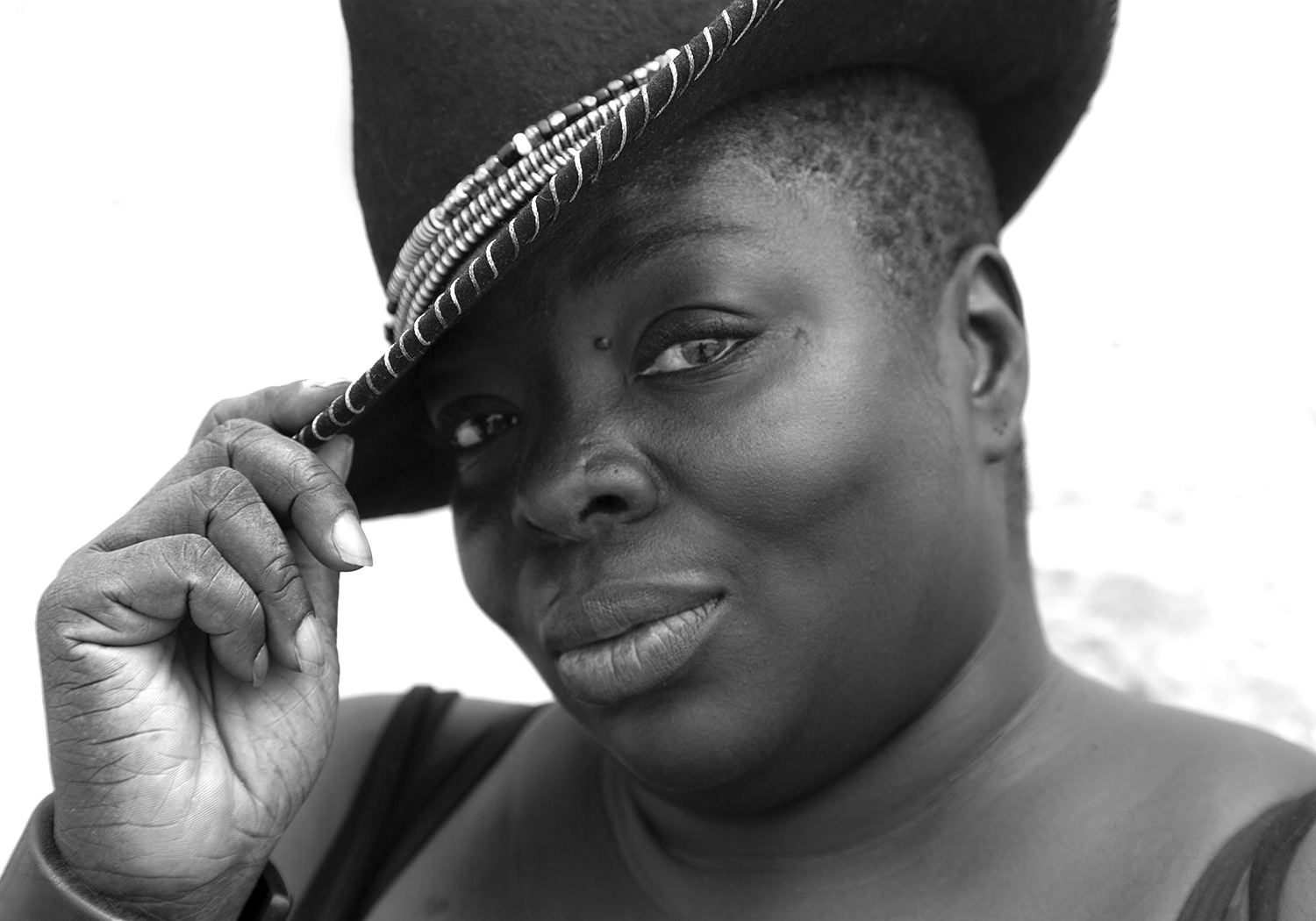 Photo of Nona Faustine by Grace Roselli and Pandora’s BoxX Project, courtesy of the artist.
Photo of Nona Faustine by Grace Roselli and Pandora’s BoxX Project, courtesy of the artist.
WW: How would you describe your practice?
NONA FAUSTINE: My practice is one of the past-meets-present. Like William Faulkner said, “The past is never dead. … Actually, it’s not even past.”
BRENDAN FERNANDES: I describe my practice as being at the intersection of dance and visual arts. I work between the two and am often looking for ways to invent new spaces—hybrid spaces—where new possibilities emerge from the intersections of usually distinct things. My practice is always an address to issues of race, queer culture, migration, protest, and other forms of collective movement, wherein bodies coming together and exploring new ways of being together is key. I am always trying to bring people from diverse perspectives and skillsets together to create new spaces and to experience new forms of agency. In the past, I’ve worked with Ballet dancers, queer performers, BDSM practitioners, videographers, choreographers, architects, fashion designers, and a great many more. My practice is always rooted in collaboration and always striving towards a sense of social solidarity.
STEPHANIE GOTO: My architectural practice is centered on defining the experiential through power and attention to detail.
ERIC SHINER: I have been fortunate to work in all corners of the art world, running nonprofit institutions and commercial enterprises, curating exhibitions, and writing about artists that I admire. I have focused on championing women, BIPOC and LGBTQI, and artists over the course of my entire career to make sure that the most important voices of the past and the present are amplified and celebrated. As a gay man and feminist art historian, I am dedicated to turning the so-called anomalies of society into the paradigm.
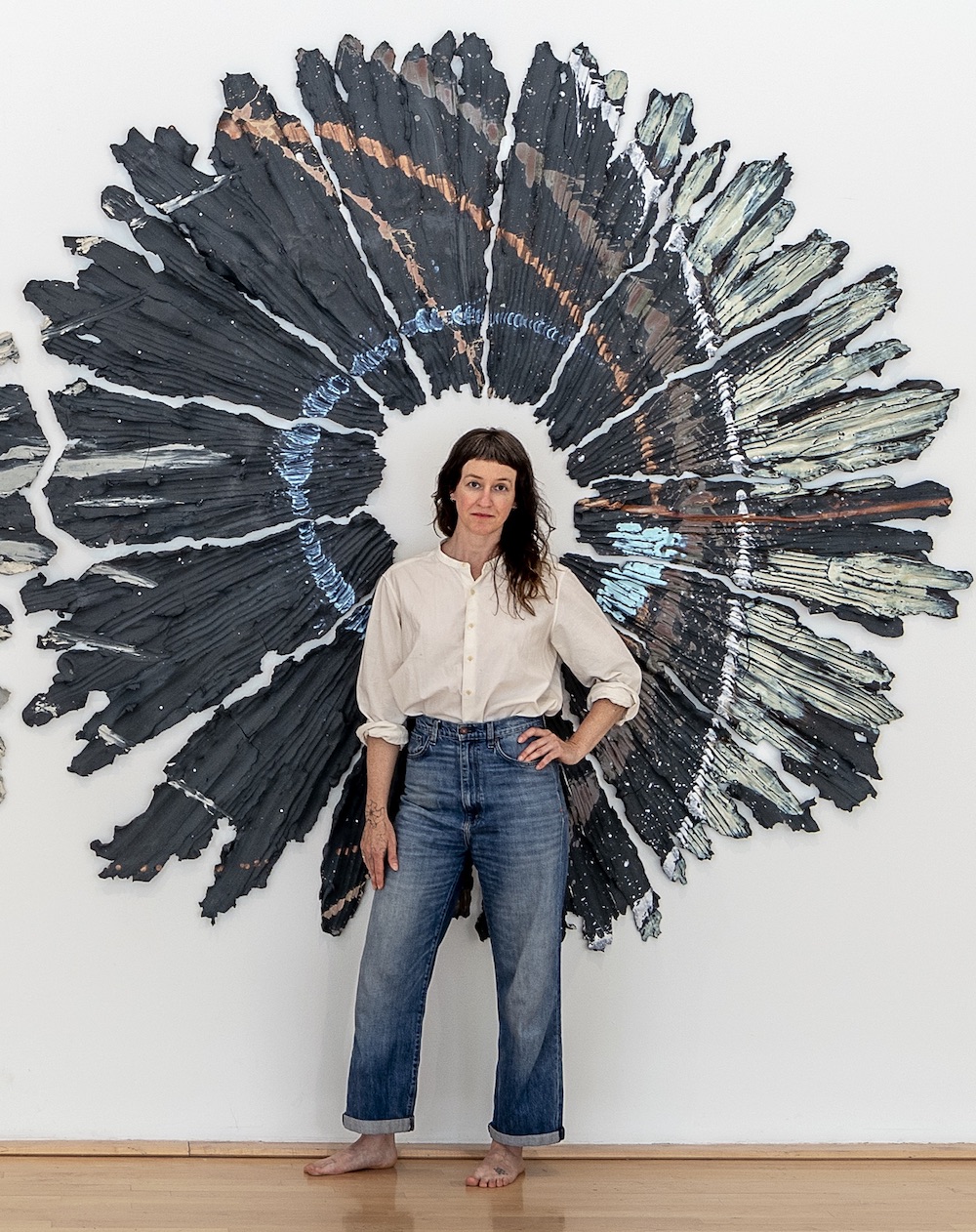 Photo by Nash Baker, courtesy of albertz benda gallery, NYC, and the Moody Center for Arts, Houston.
Photo by Nash Baker, courtesy of albertz benda gallery, NYC, and the Moody Center for Arts, Houston.
BRIE RUAIS: My sculpture practice is the place through which experiences, feelings, and ideas channel their way into form. It is deeply connected to my body’s lived experience, the way it navigates the world, with curiosity and sensitivity to the various relationships that make up our world. I work with 130 pounds of clay for each piece, which is how much I weigh, and that enables me to make work that operates on a one-to-one scale with the viewer, evoking an encounter and sharing of space. Through my work, I am receptive to issues that concern the environment, embodiment, and interconnectivity. Our bodies hold all of our experiences, and with my work in clay—carried out in a ritualistic, task-oriented repetition of movement – I transfer my body’s feeling into the material. Clay has the ability to hold the energy we put into it, simultaneously grounding us into connection with others and the earth.
WW: What did you experience at Soundview for its “Beach Fire” series?
NF: It was a powerful affirmation of community and art, sharing my journey and thoughts about society and culture from a historical perspective all themes in my work. It was refreshing to exchange thoughts and ideas with them, and gauge their reactions and hear their responses.
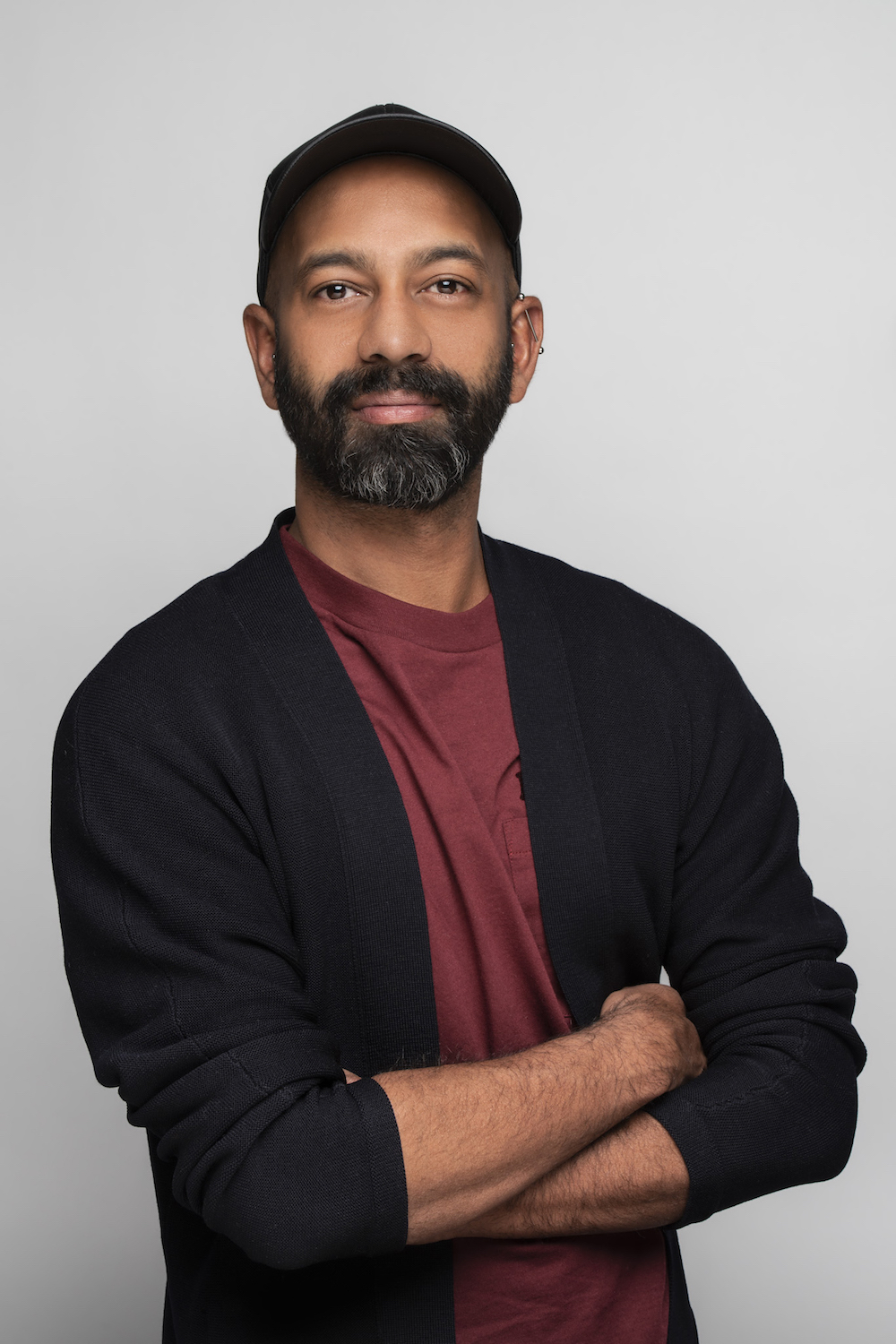 Brendan Fernandez, courtesy of Sound View.
Brendan Fernandez, courtesy of Sound View.
BF: Revisiting Sound View was an incredible opportunity for me. The “Beach Fire” series gave me an opportunity to reflect on the residency I was given here just before the pandemic and it allowed me to reconnect with both the communities and the sense of calm and generosity I experienced here not so long ago. Visiting this place helps me to step back from the demands of my life and work in New York and Chicago, and provides a welcome place for me to refresh and reflect with friends and colleagues. The value of this for a creative practice cannot be overestimated. Spaces like Sound View create a special kind of space and openness in which new ideas can surface.
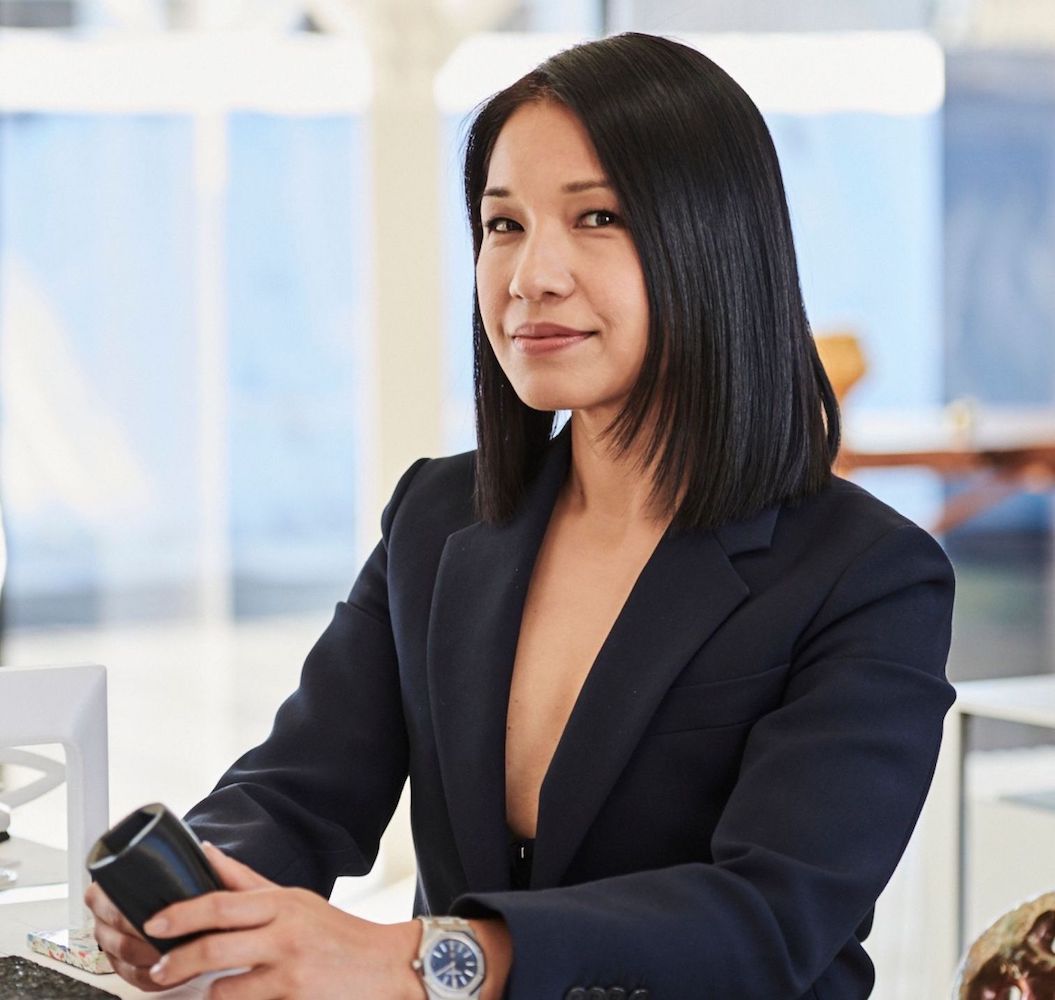 Stephanie Goto, courtesy of Sound View.
Stephanie Goto, courtesy of Sound View.
WW: Stephanie, Eric, and Brie, what can we expect from your upcoming “Beach Fire” series?
SG: I am excited to listen and hear the points of view from a community of guests on how their daily rituals have transformed by the pause and restart. How this time brought clarity to what is truly essential.
ES: I’m looking forward to sharing stories from my past with guests, just as I’m hoping to ask participants what they are passionate about relating to art and culture. I am always intrigued by how people incorporate art into their daily lives and I’m excited to hear what guests are excited about right now.
BR: I am excited to participate in the series exactly for its intimate scale. I often find the most meaning in small groups and engagements where people can share the impressions, feelings, and thoughts that are provoked by art. I think art has the power to engage the viewer in a visceral way. I hope that the dialogue can open up ways of talking about art that is outside our conventional systems of knowledge. There is no right way in, nothing to “get,” no specific thing the viewer “should understand.”
WW: How has the past year amid so much change and ongoing crises impacted your view of the importance of culture and creativity?
NF: I always knew that culture, art, music was essential to human existence. In New York City, where I live, we saw the disappearance of most in-person viewing of art and performances due to Covid and how that loss made a difference in our lives. Now that those venues and spaces are open again I hope people really understand how truly important the arts are to our lives. We need it more than ever to calm and make sense of the times.
BF: The past year has been challenging. As an artist who has worked to bring bodies together, adapting to the new imperative to keep our bodies apart from one another has been difficult. At the same time, the events of our political world have forced many—myself included—to take action and to demonstrate our social solidarity in other ways. The problem-solving and the new explorations that have come out of this though have been inspiring.
The work of protest and the voices of marginalized communities has always informed my practice. The events, conditions, and voices that have raised up in the past year have only reiterated to me how powerful we are when we work together, when we support one another and when we find ways to express our common goals. It has proven to me that culture and creativity can be central to social change and social justice.
SG: In my projects, I am always thinking about bringing to life all the senses, sight, smell, sound, taste, touch, and how the interaction between these sensations creates a certain reaction or memory that is each individual to who we are. Our senses had an unexpected opportunity to refresh during this extraordinary time and perhaps heightened our sensitivity has allowed us to notice and appreciate things that in that past we simply ran by.
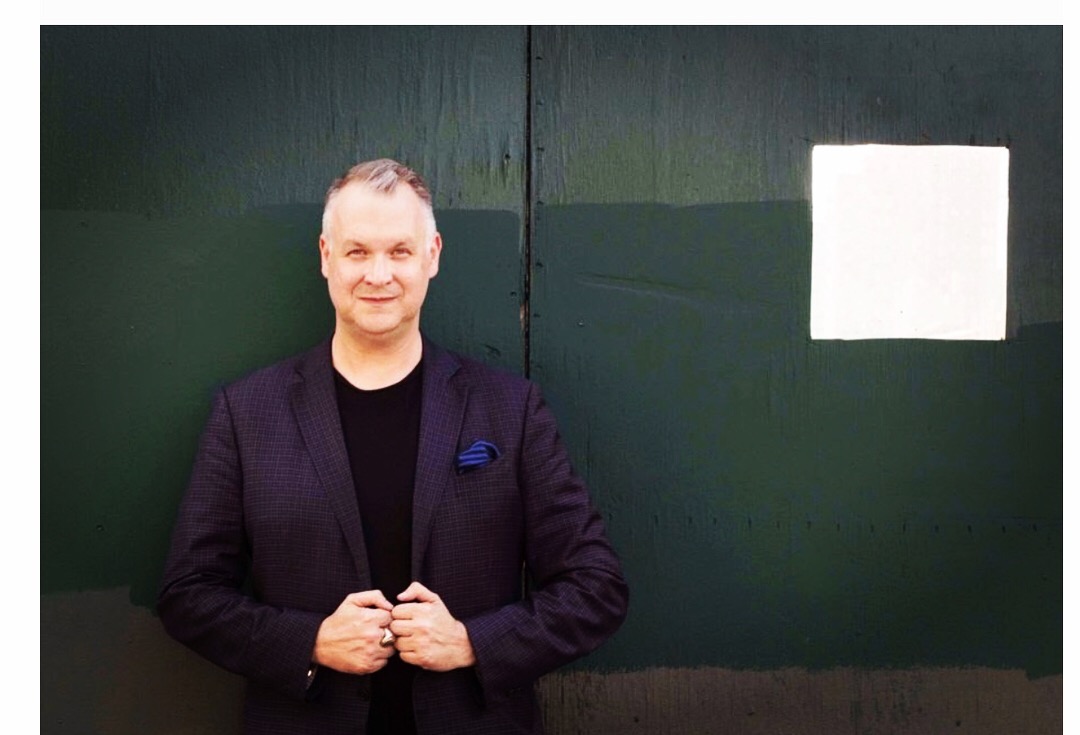 Erik Shinner, courtesy of Sound View.
Erik Shinner, courtesy of Sound View.
ES: Art and culture have always been my lifeblood and they definitely helped pull me through the dark days of the past year. I sense that we are well-positioned for a new renaissance of sorts, and I’m currently working on a global campaign to bring creativity to much broader audiences to make sure that everyday folks have access to the healing power of art. We need that now more than ever.
BR: On a personal level, art has saved my life. It continues to ground me, give me meaning, helps me process my own existence, my own experiences. Throughout the pandemic I found myself working on an exhibition for the Moody Center for Arts that was postponed until the next year. I went forward with a scheduled exhibition in November of 2020 with Night Gallery in LA.
Through the most uncertain times of the pandemic, I was having ongoing conversations with the curator of the Moody, with Night Gallery, with Albertz Benda gallery in New York; honestly, I was in shock that art still mattered to everyone. It’s one thing to be making it to get through a time, but to also have all these supportive folks who wanted to continue talking about it, planning for it, showing it, was truly astounding. The experience has really reinforced that art matters even when the world is thrown off its axis. We get to make new ways of being, artists do the work of imagining those ways.






